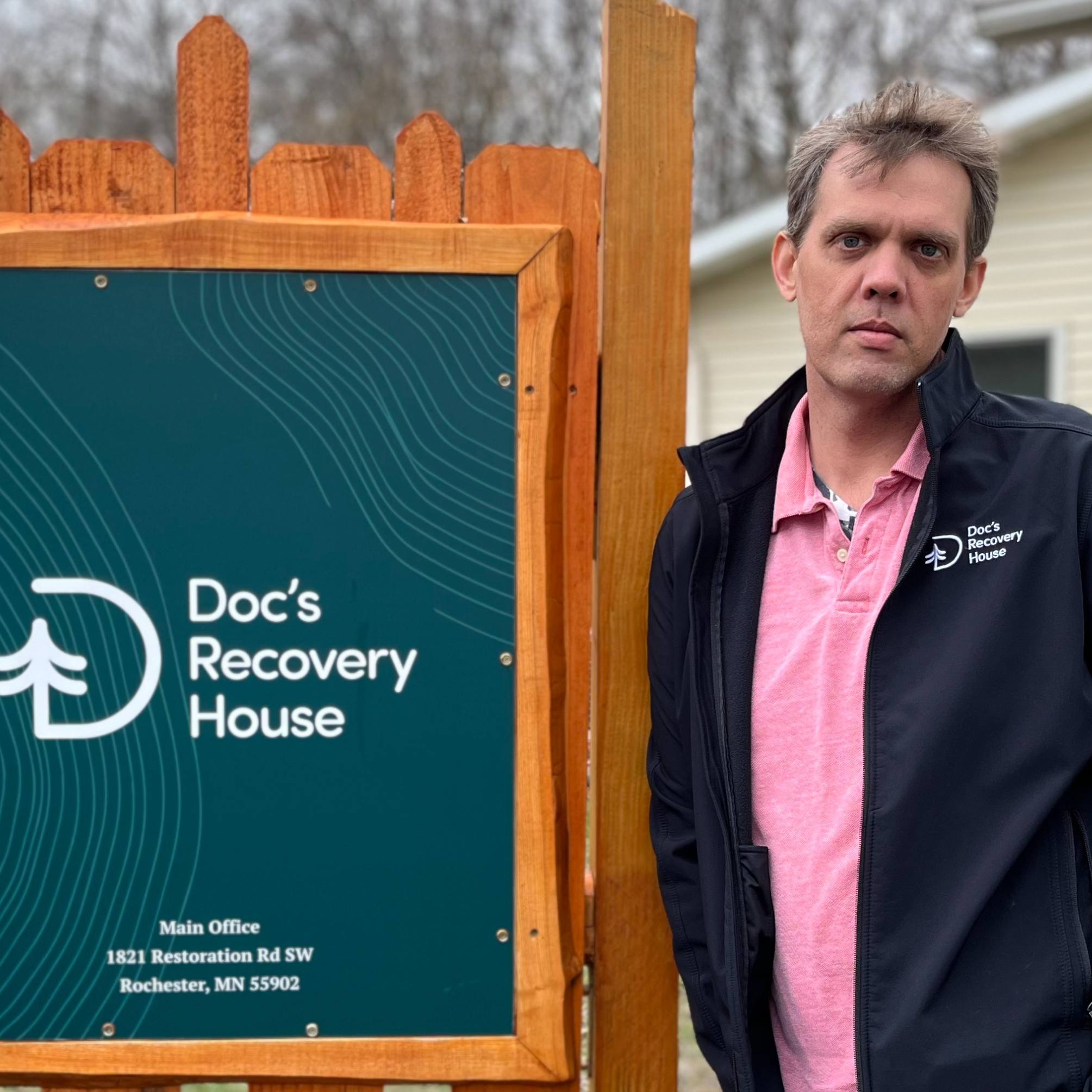-
Health & Wellness
Surgeries Can Be Combined, but May Not Be Necessary
Surgeries Can Be Combined, but May Not Be Necessary
April 16, 2010
Dear Mayo Clinic:
I have been diagnosed with uterine fibroids and an inflamed gallbladder. Both are to the point where I'm considering surgery. I'd like to have both surgeries done at the same time. Can these be done together?
Answer:
The short answer to your question is yes. Surgery to treat uterine fibroids and surgery to remove an inflamed gallbladder can be combined. But before you proceed with surgery, make sure you've considered all the options — particularly for uterine fibroids — as there are a variety of effective nonsurgical treatments as well.
Uterine fibroids are noncancerous growths within the uterus that often appear during a woman's childbearing years. Fibroids are very common and, for most women, don't cause symptoms. If uterine fibroids aren't causing problems, treatment isn't necessary.
In some women, though, uterine fibroids can cause abnormal bleeding, pelvic pain or pressure, frequent urination, constipation, backaches or leg pains. If symptoms are bothersome, you can choose from a range of treatment options.
Traditionally, removing the uterus (hysterectomy) has been the standard treatment for uterine fibroids. Hysterectomy remains the only treatment that can prevent uterine fibroid recurrence. But several alternatives to hysterectomy are now available. Surgery to remove the fibroids and leave the uterus in place (myomectomy) is one possibility. Both hysterectomy and myomectomy can often be done using minimally invasive techniques, such as laparoscopy or robotic-assisted laparoscopy.
Nonsurgical treatments for fibroids include: endometrial ablation — a noninvasive procedure that uses heat, microwave energy, hot water or electric current to destroy the lining of the uterus; uterine artery embolization — a technique that cuts off blood flow to fibroids, causing them to shrink; and focused ultrasound surgery — a noninvasive procedure that uses high-frequency, high-energy sound waves to destroy the fibroids.
The treatment you choose may depend on whether you want to have children. Hysterectomy doesn't allow for future childbearing. Because endometrial ablation destroys the uterine lining, it also reduces the ability to become pregnant. The other options — myomectomy, uterine artery embolization and focused ultrasound surgery — typically can preserve a woman's fertility.
Gallbladder inflammation (cholecystitis) or symptomatic gallstones (cholelithiasis) have fewer treatment options. Because symptomatic gallstones frequently cause recurring pain, most people with the condition eventually require gallbladder removal.
Fortunately, gallbladder removal (cholecystectomy) can often be performed using a minimally invasive (laparoscopic) technique. During laparoscopic cholecystectomy, the surgeon typically makes four small incisions in the abdomen; some newer variations of the procedure use fewer incisions. A tube with a tiny video camera is inserted into the abdomen through one of the incisions. The surgeon watches the picture on a monitor in the operating room as special surgical tools are inserted through the other incisions and the gallbladder is removed. Cholecystectomy is a common surgery and carries only a small risk of complications. Many people who undergo laparoscopic cholecystectomy go home the same day.
Combining cholecystectomy with surgical treatment for uterine fibroids should not be a problem, making two separate surgeries unnecessary. But check with your doctor to be sure the medical center where you receive care has this capability. If you decide to have either hysterectomy or myomectomy for your uterine fibroids, minimally invasive techniques are available for both procedures, as well, increasing the possibility that you won't need an open surgery at all.
Before you move forward, it may be helpful to discuss your treatment options with a gynecologist who has an interest in uterine fibroids to determine the best course of action for your situation. If surgery is necessary, seek out a medical center that can accommodate your desire to have both procedures done at the same time.
— William Cliby, M.D., Gynecologic Surgery, and David Farley, M.D., Gastroenterologic Surgery, Mayo Clinic, Rochester, Minn.







